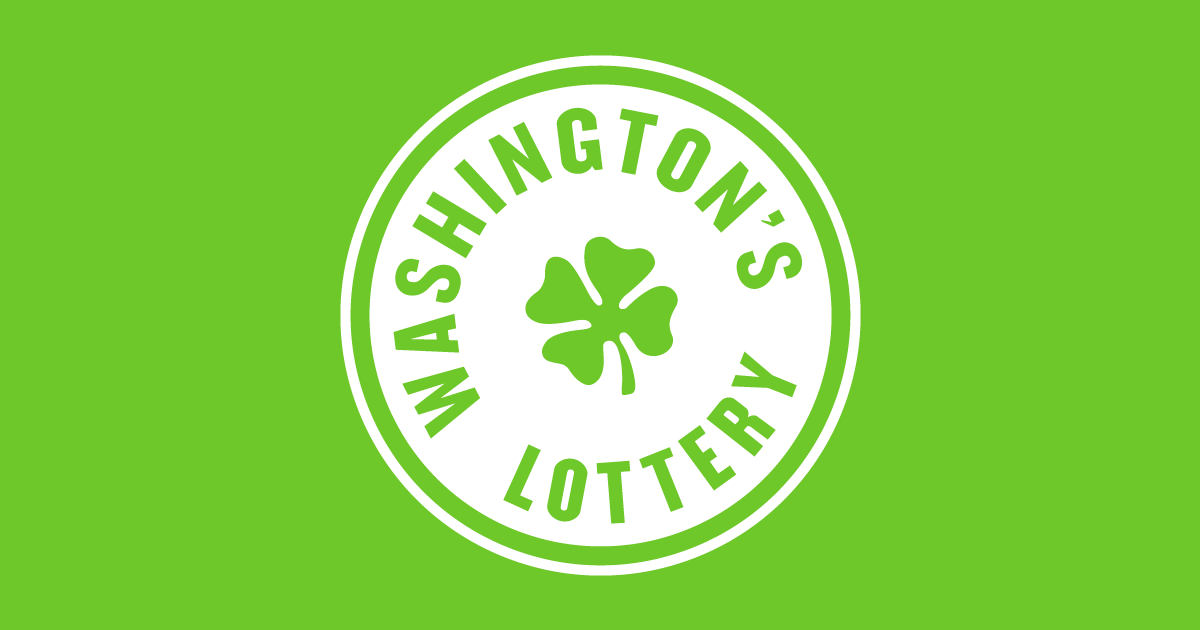Willapa Bay abundance: Natural oyster set amazes growers
Published 3:15 pm Friday, November 10, 2023

- Oysters prosper on a Willapa Bay piling as a boat rocks in the water. Although oysters can grow almost any saltwater place where they are usually submerged and nourished, commercially raised oysters usually grow on old shells that can be dredged up from the bay's extensive tide flats.
The largest Willapa Bay Pacific oyster set ever was recorded last summer. Initial surveys of 2023 spat (baby oysters) averaged 201 spat per one half shell, which is more than twice the average number of spat recorded in any previous surveys of Willapa Bay Pacific oyster sets.
One shell collected from the tide flats in front of Nahcotta had 1,027 Pacific oyster spat set on it.
If the newly set Pacific oyster spat survive the multitude of stresses they will face in winter, there will be more juvenile Pacific oysters in Willapa Bay next summer than ever before in the modern era.
‘No one has ever seen anything like this year’s Willapa Bay Pacific oyster set.’
Alan Trimble, marine ecologist
Willapa Bay Pacific oyster sets generally occur between late June and early August.
This is when water temperatures can rise to 65 to 70 degrees in many areas of the bay. Pacific oysters respond to these higher water temperatures by releasing sperm and eggs into the water, which then unite with the cells of the opposite sex to form a new organism (oyster larva).
Interestingly, Pacific oysters exhibit the unusual phenomenon of sex reversal.
On a yearly basis, individual Pacific oysters may alternate sex between male and female. The more mature and healthy an oyster, the more likely it will be female.
An oyster in its larval form will spend 3-4 weeks drifting with the tide while eating phytoplankton. The free swimming larval oyster develops a hard shell and foot.
Toward the end of the free-drifiting era of its life, the growth of the oyster larva’s shell eventually creates enough weight gain to cause it to sink in the water column.
The oyster larva uses its foot to feel any solid object it contacts and determine whether that object is a suitable lifetime home.
Oysters will attach to any hard substrate, including rocks, driftwood, piers and boat bottoms.
Unless moved by currents, storms, or other species, oysters spend the rest of their lives exactly where they decide to attach.
When a free-floating oyster larva feels a surface not clean or hard enough to become its permanent home, it uses its foot to push off that surface.
The oyster larva will then continue to float with the current until it is eaten, suffocates in silt, starves or finds a satisfactory surface on which to spend the rest of its life.
Larval oysters consider other oysters to be the ideal substrate.
The presence of other oysters indicates to larval oysters that there’s enough algae and water circulation to support them throughout adulthood.
The majority of Willapa Bay Pacific oysters grow one upon each other to form oyster hummocks (oyster reefs). There are thousands of oyster hummocks in Willapa Bay.
From Japan
Pacific oysters (Crassostrea gigas) are native to the estuarine and coastal waters of Japan and Southeast Asia.
They were introduced to Willapa Bay in 1928 when Pacific oyster seed (juvenile oysters) were purchased from Japan and planted on private Willapa Bay tideland.
Shortly after being introduced to the estuary, Pacific oysters became a naturalized species in Willapa Bay. Their cultivation, processing and sales have long been a major part of Pacific County’s economy.
Except when supply became unavailable due to World War II, Japanese oyster seed was planted on the tideflats of Willapa Bay from 1928 through the early 1970s.
Oyster shells provide a suitably hard substrate for the attachment and growth of oyster larvae.
By the mid 1930s, Willapa Bay oyster growers began to broadcast bargeloads of oyster shell onto tideland that had favorable spawning and catching conditions. Willapa Bay oyster growers became especially motivated to catch Pacific larvae from natural sets when the supply of Japanese seed was interrupted during World War II.
Willapa Bay oyster growers stockpile mountains of old oyster shells for use in capturing natural larvae from oyster “sets,” or to capture larvae in setting hatcheries.
Because capturing oyster spat from a natural set is far less expensive than capturing and feeding spat in hatcheries, most oyster growers will drop almost everything and invest considerable resources to catch natural oyster set when there are significant amounts of Pacific oyster larvae in the water.
Though highly advantageous to oyster growers, Willapa Bay Pacific oyster sets are too erratic to be used as the basis for a predictable, dependable seed source.
Because of this, most oyster growers’ business plans are based on sourcing reliable hatchery oyster larvae rather than depending on less expensive and sometimes highly abundant natural oyster sets as their primary oyster seed source.
2 billion
Currently, it’s estimated that there are over 2 billion Pacific oysters in Willapa Bay.
A single, mature Pacific oyster can produce 50 million to 100 million eggs.
Due to this tremendous reproductive ability, there is the potential for a massive Willapa Bay Pacific oyster set every year.
Under ideal conditions, as few as 12 dozen Pacific oysters could repopulate the current Willapa Bay population in just one year.
However, conditions are never ideal. Every year, 95% to 99% of Pacific oyster larvae don’t survive long enough to set.
Exactly w hat made 2023’s Pacific oyster larvae survival rates closer to 5% rather than 1% isn’t known. Warmer water and air temperatures, less wind, and lack of meaningful rainfall during the summer of 2023 are some of the factors that helped produce ample oyster food and other environmental conditions that created the record-setting catch.
Favorable weather conditions and ample food supply helped this year’s oyster catch to survive and grow their protective shells.
Time will tell if they remain strong enough to survive the many stresses winter will bring. Storms, lack of food, sedimentation, cold, and drastic changes in the bay’s salinity are some of the environmental changes that could drastically affect oyster spats’ survival rate during the winter season.
Immense change
Transitioning from an estuary with zero Pacific oysters to an estuary with billions of Pacific oysters in less than 100 years has already had an immense impact on the Willapa Bay ecosystem.
Pacific oysters compete with each other, Manila littleneck clams and many native species of Willapa Bay for food and space.
The most notable effect of introducing billions of Pacific oysters to Willapa Bay has had on the oyster industry is to vastly reduce the amount of tideland where oyster seed can cost-effectively be grown and to increase the amount of time it takes to do so.
When first introduced, Pacific oyster seed could be grown almost anywhere in Willapa Bay to a large, marketable oyster in less than one year.
Now, Pacific oysters can only cost-effectively be grown in Willapa Bay on prime tideland (fattening beds) with firm substrate and much higher than average food supply. Even on hard-to-obtain fattening beds, it now takes Willapa oyster growers years instead of months to cost-effectively grow oyster seed to a large, marketable size.
The sheer volume of last summer’s set is likely to exacerbate this long-standing issue.
So far, the majority of Willapa Bay’s 2023 record Pacific oyster spat have survived.
If they remain alive until next summer, they will have profound effects on the Willapa Bay ecosystem and its shellfish industry.
According to marine ecologist Alan Trimble, “No one has ever seen anything like this year’s Willapa Bay Pacific oyster set.”
Oyster growers, clam farmers, scientists and state resource managers will be monitoring the set of 2023 and planning how best to respond to it.
Since 2023’s Pacific Oyster set is unprecedented in Willapa Bay, it could also have unprecedented effects.
It will be several years until the full impact of the Pacific oyster catch on Willapa Bay’s ecosystem and the shellfish industry is known.
‘No one has ever seen anything like this year’s Willapa Bay Pacific oyster set.’ Alan Trimble, marine ecologist





